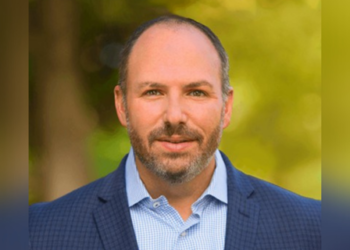A flood is a catastrophic event that results in permanent loss to personal items, homes and, more often than not, financial well-being.
Following a flood event, many insured homeowners are surprised to find out they were not adequately covered for various common losses.
With hurricane season approaching, ensuring each property is protected from flooding is more important that ever. But with outdated FEMA maps, low limits on National Flood Insurance Program coverage, and storms increasing in severity and frequency, protection may lie outside of the what the U.S. government currently offers.
National Flood Insurance Program (NFIP) coverage caps result in a high percentage of homes being underinsured, as the NFIP only covers up to $250,000 for a home and $100,000 for a home’s contents.
In many states, the average new home construction cost is well above this number. As a result, many homeowners are stunned when they learn their insurance did not cover their full flood loss.
And there are other issues with NFIP, including:
FEMA flood maps illustrate that “X zones” are outside the typical flood-prone areas and therefore are at little risk of flooding. However, we increasingly see that X zones are not immune to a flood disaster. For example, 2017′s Hurricane Harvey flooded more than 150,000 homes in the Houston and southwest Louisiana area. An estimated 70% of those homes did not have flood insurance.
The NFIP recently released “Risk Rating 2.0,” which is meant to equitably distribute the cost of insurance for potential flood damage. While this new methodology has resulted in flood insurance price decreases for nearly 1.2 million people, 3.8 million will experience a premium increase. Rate hikes will affect most of the residents in Texas, Louisiana, Florida, New Jersey, California and South Carolina. It has been reported that 77% of existing policies across the U.S. will see some level of price increase.
Many homeowners are turning to private flood insurance as an alternative to the NFIP.
To be fully covered, homeowners should secure a private flood insurance quote as a comparison to their NFIP policy or quote. There are private flood providers in all 50 states and the District of Columbia, backed by some of the largest and most secure reinsurers in the world. Often, consumers can get more coverage — along with useful optional coverages — and still save money when compared to the NFIP.
Private flood insurance companies can cover up to several million dollars in damage and have optional additional coverage, like unattached structures and temporary living expenses, for example. Furthermore, the combination of technology, algorithms and insurance expertise has allowed some private flood insurers to offer affordable coverage, with quotes prepared in as little as 90 seconds.
If you choose a private insurer, make sure they are backed by the largest insurance markets and are rated “A” (excellent) or better by A.M. Best. This guarantees the insurer is financially stable and can pay claims should they arise.
The most recent statistics from FEMA show that 99% of counties in the U.S. have been impacted by a flooding event. It’s only a matter of time before every homeowner experiences the unfortunate wrath of Mother Nature. The silver lining is that homeowners no longer have to settle for the government’s coverage option. Thanks to innovation, technology, and industry experience, private flood insurance can bring peace of mine to property owners across the U.S.
Considering that floods are the most common and widespread of all weather-related natural disasters, and that floods affected more than 2 billion people worldwide from 1998-2017, having insurance in place to protect from such an event is paramount.
Trevor Burgess ([email protected]) is president & CEO of Neptune Flood. These opinions are the author’s own.
Also by this contributor:









